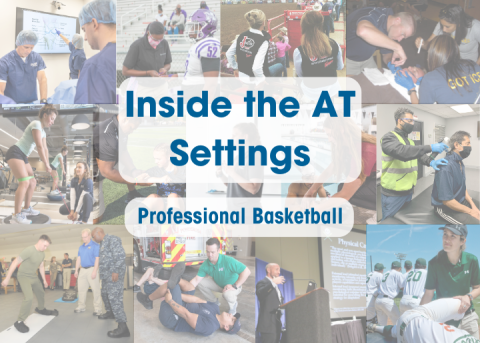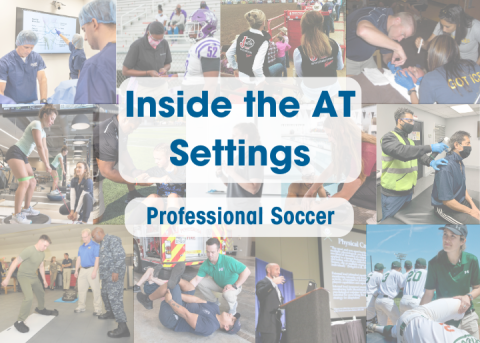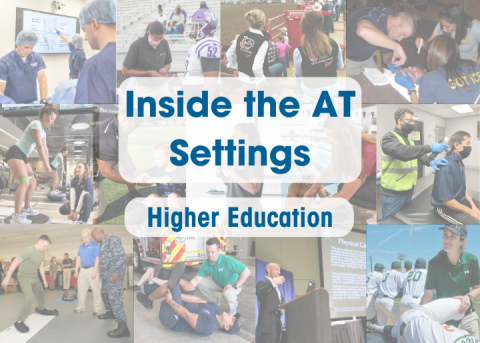
Introduced in the April NATA News, this NATA Now article series provides insight into the different athletic training settings as well as information athletic training students and interested ATs need to know. The series also provides tips from members on how to succeed in each setting.
For Indiana Pacers Senior Director Medical Operations and head athletic trainer Joshua Corbeil, PT, DPT, ATC, what originally started as an internship has now led to a 20-year career in the professional basketball setting.
“When I graduated [physical therapy] school, I accumulated intern hours for three years with the Boston Celtics, while working as a full time outpatient PT,” he said. “Once I completed my ATC requirements, I was referred to the Pacers and was hired as an assistant athletic trainer.”
Keep reading for insight into the professional basketball setting from Corbeil.
Typical Day-to-Day Duties
Full-time clinical management with the team. This includes day-to-day operations, triage, preventive care and rehab. This includes all travel with the team, including off-season settings such as summer league, draft, free agency and player workouts/rehab.
Non-AT-Related Skills/Education/Certification Required or Helpful for Your Setting
Written, verbal and nonverbal communication and psychology courses
Common Injuries Observed or Encountered in Your Setting
- Ankle sprains
- LBP
- Patellofemoral pain/patellar tendon pathology
Traits of a Successful AT in Your Setting
- Good communicator and time manager
- Good clinical problem-solver
- Treats the cause/pathology, not just symptoms
Misconceptions About Your Setting and/or Patient Population
A misconception is that all we do is hang out, tape, stretch and watch basketball.





